Fannie Mae: Green Light
New incentives reward energy-smart multifamily owners.
By Mallory Bulman
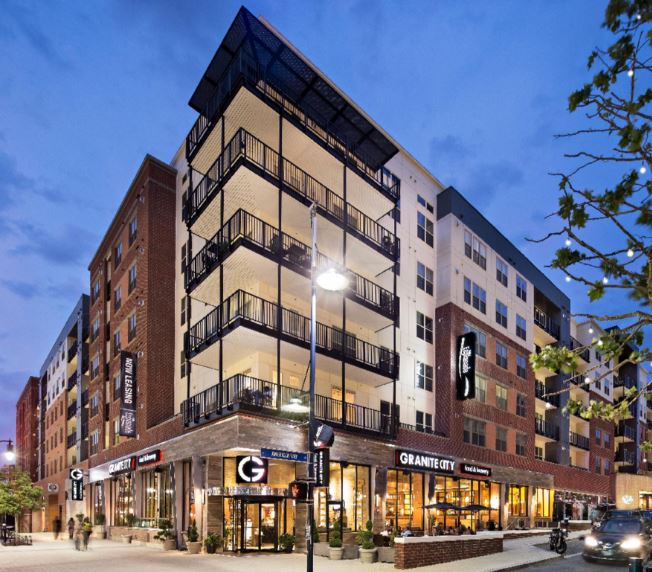
The Esplanade, a 262-unit community in National Harbor, Md., qualified for Green Rewards by earning LEED certification.
A signature element of the sustainability movement is the expansion of state, local and federal financial incentives that encourage smart energy measures. One of the newest and probably lesser known of these incentive programs is a specialized financing option launched by Fannie Mae last year. The agency’s Green Rewards initiative is designed to reward apartment owners who integrate green features into their buildings, whether through new design or retrofitting.
Those who have arranged the first generation of these loans for their multifamily clients report that investing in features that save water and energy can bring benefits beyond lower utility bills.
“The utility savings are nice, but what makes it so appealing to potential borrowers is the interest rate savings they can get and the extra loan proceeds they can potentially qualify for to finance these improvements,” explained Alex Inman, a Dallas-based senior vice president at Walker & Dunlop. Inman, along with his colleagues at Walker & Dunlop, has embraced Fannie Mae’s new program during the past year as a way to help borrowers receive lower pricing and improve the quality of their properties for the long term.
“Green Rewards does just that: It rewards borrowers for investing in smart property improvements by giving owners a lower all-in interest rate and access to more loan dollars,” said Jeffrey Hayward, executive vice president & head of multifamily at Fannie Mae.
Pricing Power
The concept appeals to developers that build multifamily product to sell because the increased pricing power, proceeds and benefits to the properties they’re developing “are allowing buyers to come in and get better loans, essentially offering more money for the properties they’re developing,” said Brendan Coleman, a managing director in Walker & Dunlop’s Bethesda office who specializes in Fannie Mae and Freddie Mac multifamily projects. Because many developers and investors are unaware of the new program, prospective borrowers are often pleasantly surprised.
“I was just in a pitch last week where the developer said, ‘I’m never doing anything but green buildings. If it means that Fannie gives them an interest rate that’s 50 basis points lower, that just means more value for me,’” Coleman said. “It’s the kind of thing that builds upon itself if people start to see value in it,” he said.
Many multifamily developers are reluctant to build green because they feel that there is no financial reward, Inman put in.
“What they mean by that is that the tenants walk into the office to rent an apartment, and they’re not paying that owner any more money in rent because you’ve got a green building. What’s happened is now they realize there is actually some benefit to this, and it seems like we get more and more people asking questions about it.”
Arizona Upgrades
In August, Inman structured an acquisition loan for Whispering Meadows, a 432-unit garden-style apartment community in Mesa, Ariz. The new owners initially earmarked $3 million for traditional upgrades like new countertops, appliances, flooring and lighting. Inman suggested pursuing incentives through the Green Rewards program.
By making upgrades like water-saving toilets and faucets and integrating green features into the renovation plan, the owners qualified for Green Rewards and obtained a $28.5 million Moderate Rehab loan. The financing carries a 10-year term, with seven years of yield maintenance and three years of interest only, followed by a 30-year amortization schedule.
The final loan value was 83 percent of the contracted purchase price and 79.2 percent of the total purchase price plus renovations. The deal closed ahead of schedule and saved the borrowers a significant amount at the same time.
“The difference between the green program and a conventional deal was about 35 basis points savings in interest rate, and we probably got another million (dollars) in loan proceeds,” Inman said.
This year, Fannie Mae revamped its pricing model, which Inman said was crucial to the program’s success. As long as rates in the green program were close to those for conventional financing, securing green pricing didn’t justify the extra effort, he explained. “This year they decided to reprice the whole thing, and all of a sudden it became very accretive to the borrowers,” he said.
Harboring Value
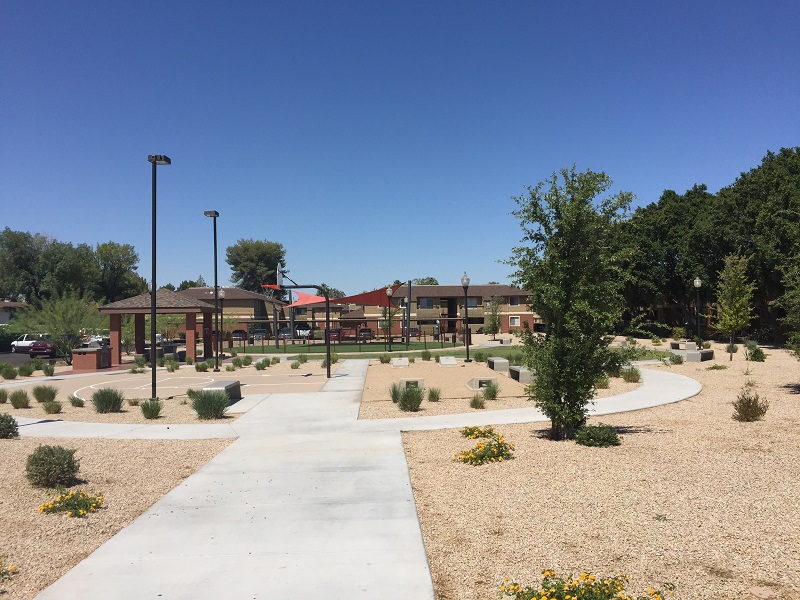
Whispering Meadows, a 432-unit community in Mesa, Ariz., recently qualified for a $28.5 million loan under Fannie Mae’s Green Rewards Program.
Walker and Dunlop’s first foray into Fannie Mae’s green loans was for the refinancing of the new-construction Esplanade at National Harbor, a 262-unit, Class A community just south of Washington, D.C., in National Harbor, Md. Building the community to LEED Silver certification standards was essential to qualifying under the Fannie Mae program.
Coleman stated that if a newly constructed building meets the standards of a third-party energy certification like LEED, EnergyStar or the National Green Building standards, it can automatically qualify for financing under Green Rewards.
Because Fannie Mae and Freddie Mac are operating under volume caps, they are increasingly aggressive. That means they are increasingly “willing to lower pricing and offer better terms on deals that either hit affordability goals or this green (mortgage-backed securities) program and things that don’t necessarily have the same impact on their cap numbers,” Coleman said. “I think this is a perfect example of that kind of deal that was brand new.”
He said that typically, a deal of this nature would be financed by life insurance companies or other lenders that are usually more aggressive on properties being leased up. However, Fannie Mae became a more attractive option once it was determined that going through Green Rewards would avoid some of the longer-term stabilization requirements that go hand in hand with standard financing deals.
“On this particular deal, we got to move quickly, before the deal had been stabilized for 90 days, and also got really great pricing to compete with life companies,” Coleman said. The result was a $54.2 million refinancing deal with five years interest-only, followed by a 30-year amortization schedule, which replaced an existing $52.7 million construction loan from Bank of America.
Reaping Rewards
While qualifying for the Green Rewards program clearly has its benefits, it also comes with some extra legwork, which according to Inman and Coleman can deter some borrowers from looking into it. One requirement is an engineering report confirming that the improvements will reduce energy or water usage by 20 percent.
When working with an existing property, Inman said, “a lot of people are apprehensive to do it on acquisitions because they don’t want to mess up their critical dates on the contract, but in my experience, sellers are open to allowing some things to get done that are required by that extra report. … All of that takes time, and when you’re working with a contract, on a schedule, sellers don’t want to hear about how much they’re going to save on water, they just want to hear about when they want to close.”
While the extra work may take time, the payoff to the borrower comes in the form of cash flow and a lower interest rate, Coleman explained. “The idea is they can encourage old properties to be retrofitted to be more energy efficient and they can encourage the development of new energy-efficient, certified properties.”

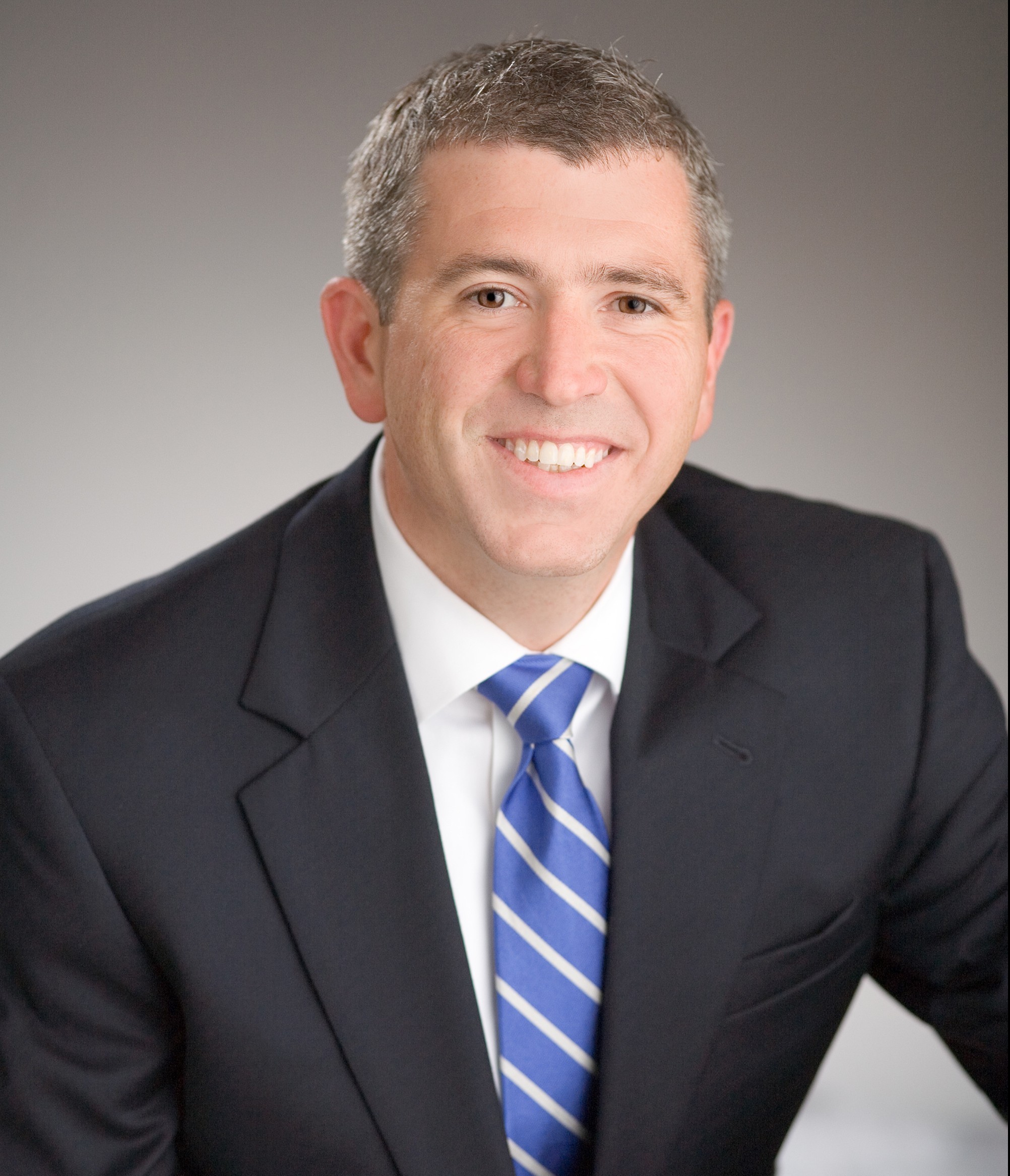
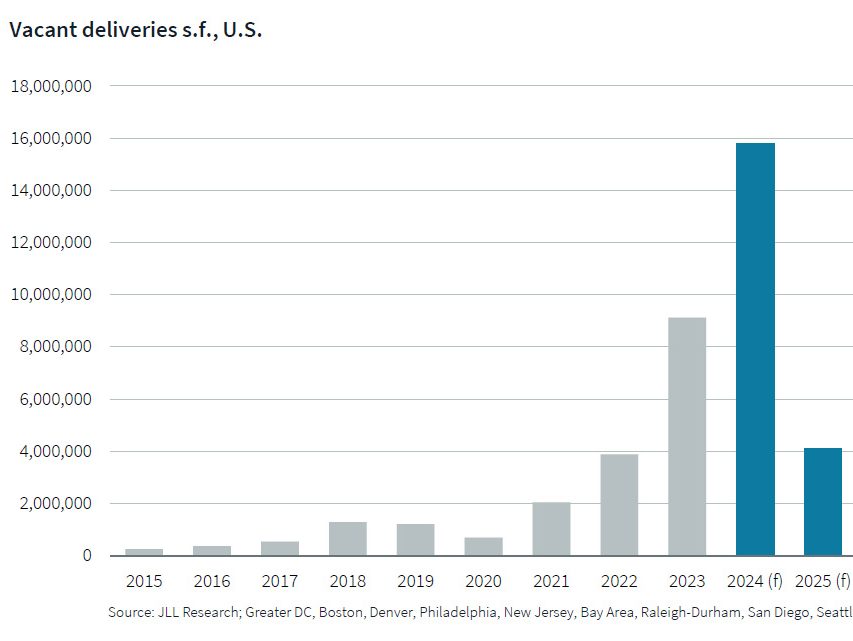




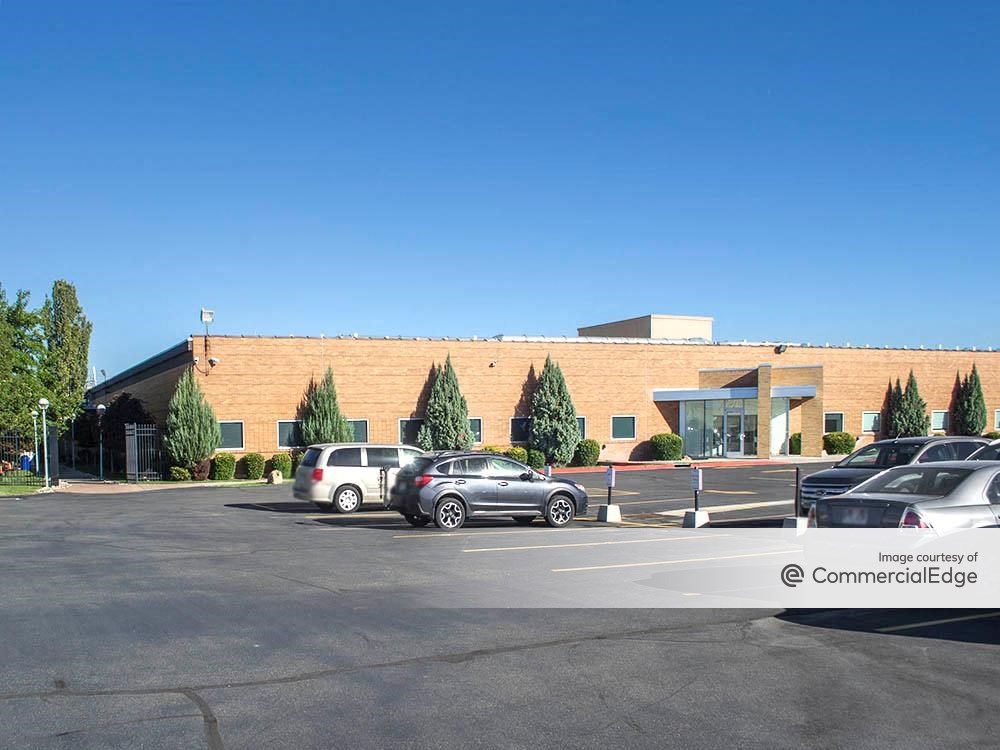
You must be logged in to post a comment.